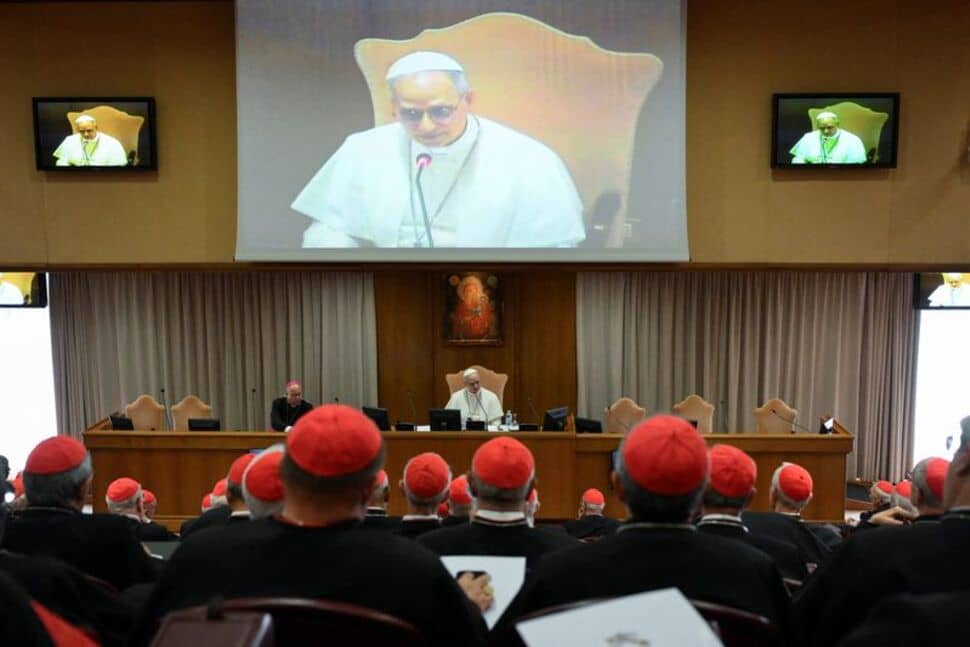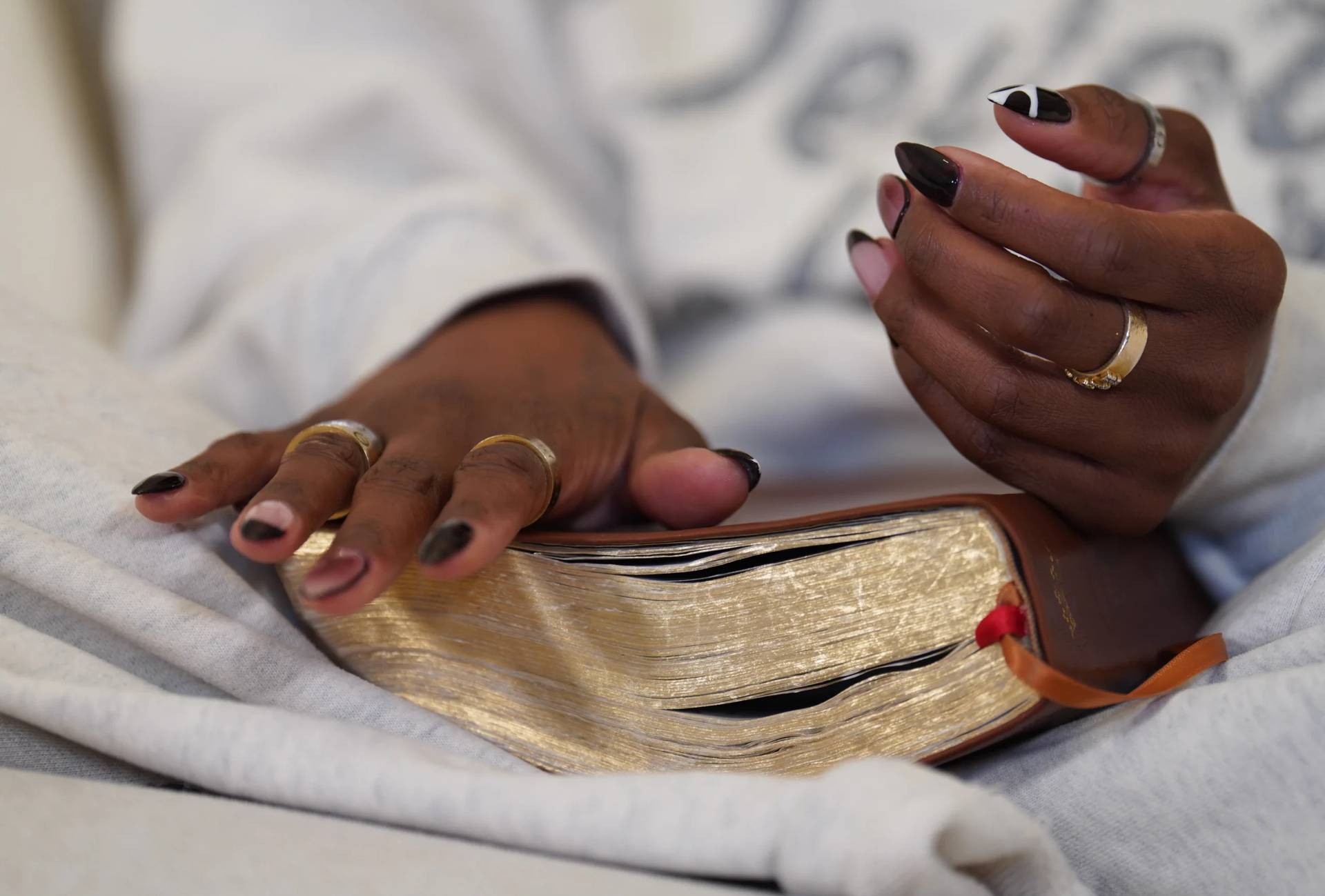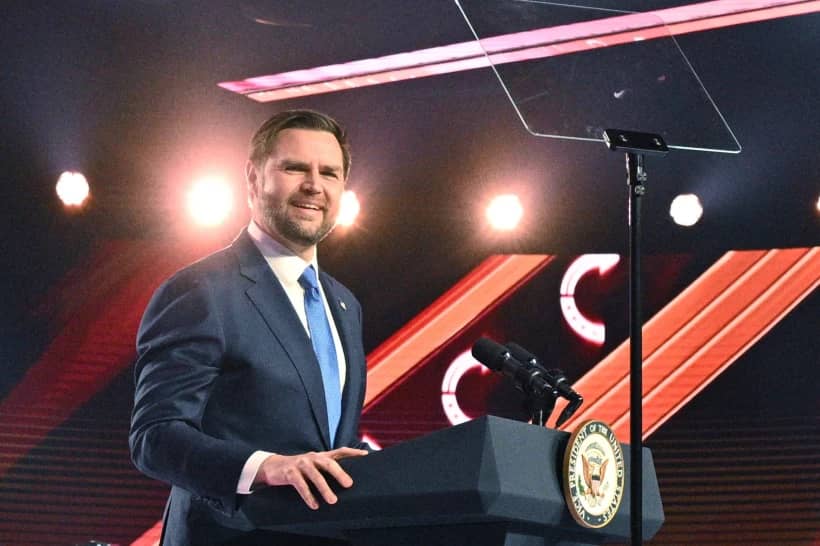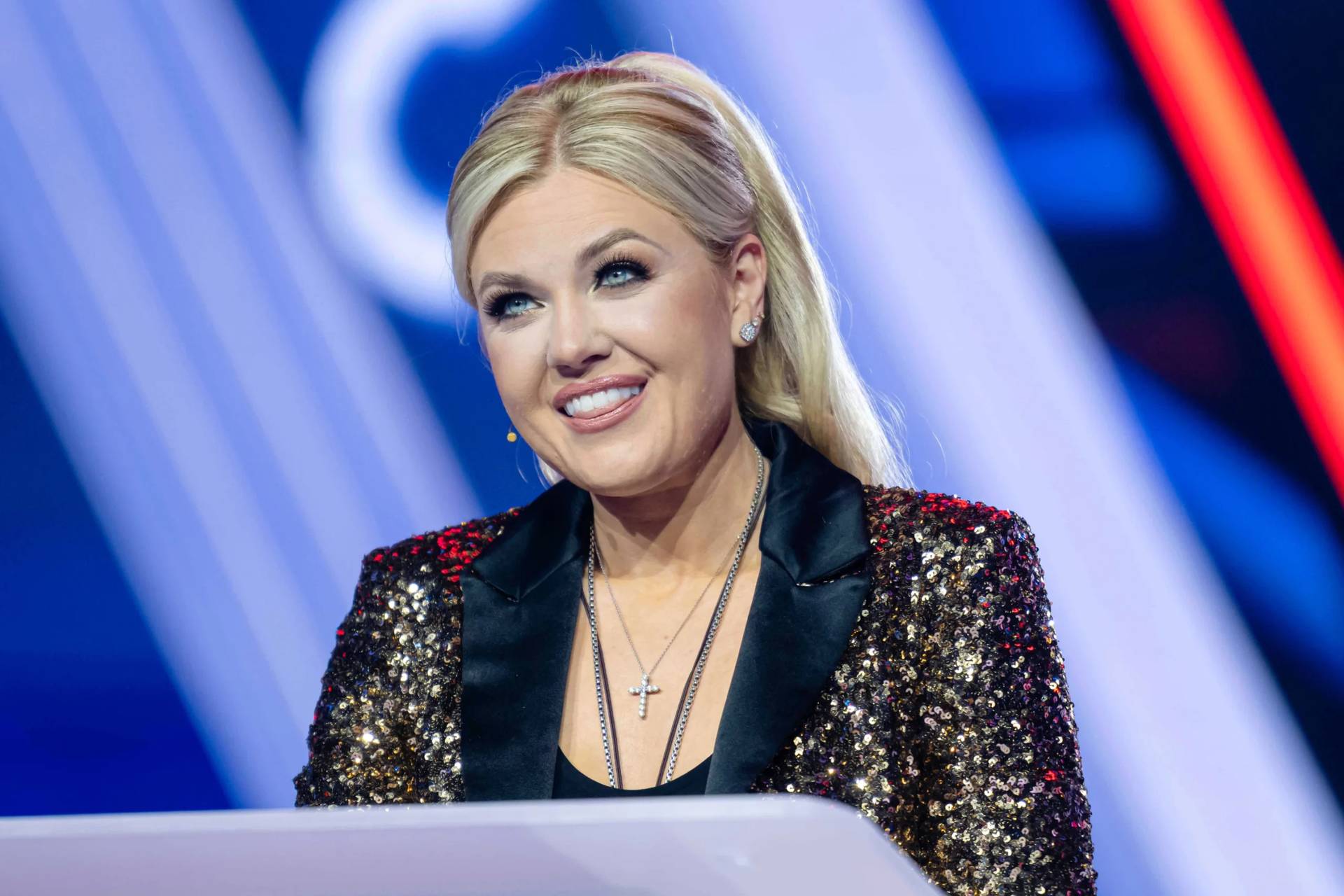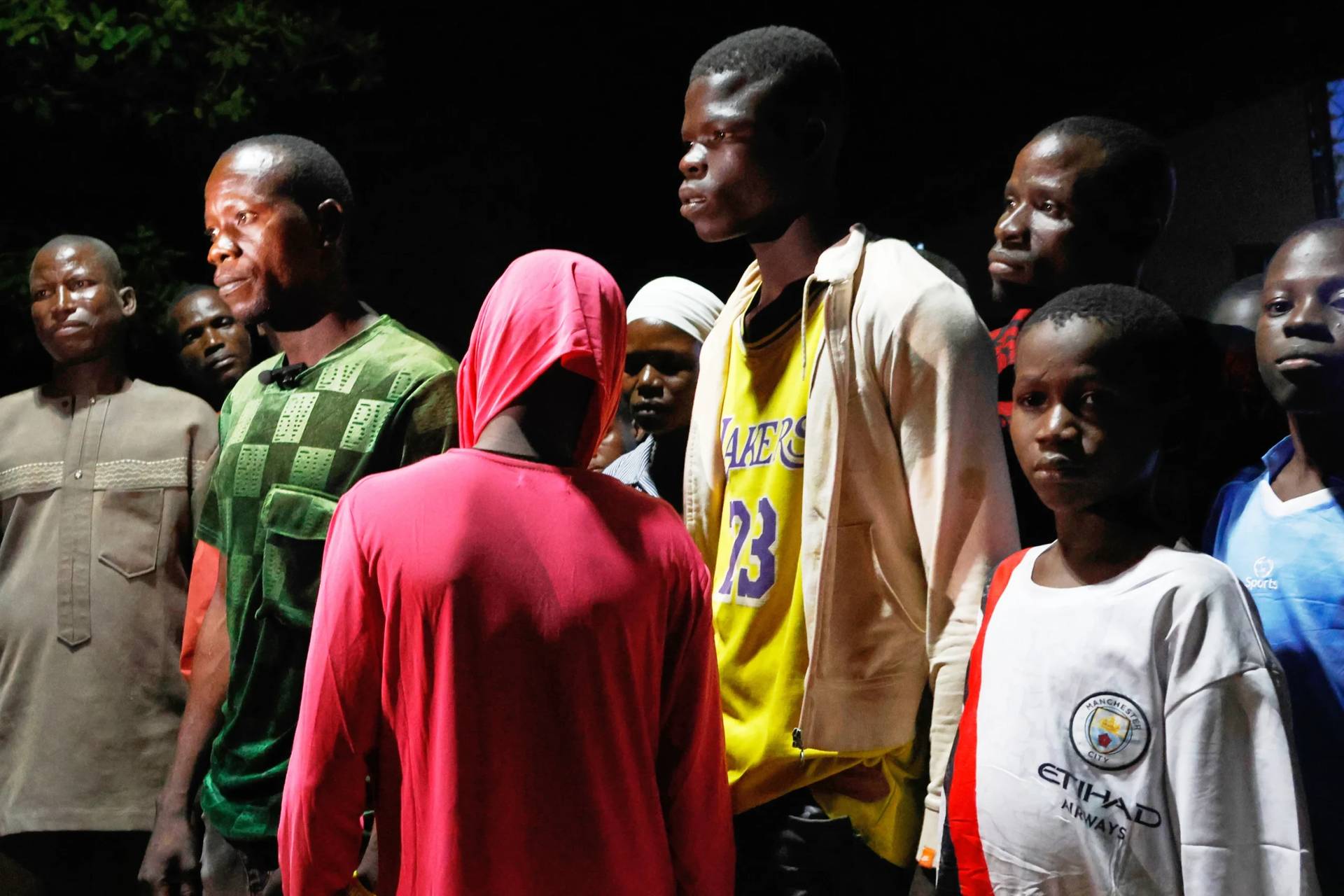President Donald Trump’s executive order on refugees has generated a great deal of confusion, with a number of points either lost or distorted in the discussion. Some blame the way it was rolled out, others the way it was presented in the media, and still others the substance of the order itself.
Here’s a rundown of three key areas in which political fireworks sometimes have gotten in the way of seeing what’s at stake.
“Muslim Ban”
It’s understandable that many have seen the order as a ban on Muslims, given that it targets seven predominantly Muslim nations. Yet while arguing that the travel ban has hurt ISIS’s victims, Eli Lake insisted in a recent column at Bloomberg that the policy is not actually a “Muslim ban.”
Lake notes that “it does not ban travel from countries such as Pakistan and Saudi Arabia, which are Muslim-majority and whose citizens have conducted terrorist attacks in the U.S.”
Others have pointed out that the executive order applies to only “a small fraction of the world’s Muslims.”
While Trump had called for a “Muslim ban” at certain points during the campaign, he backed off that proposal in favor of “extreme vetting.”
Notably, previous slowdowns in refugee admissions from the region – such as one undertaken by the Obama administration for Iraqi refugees in 2011, and using the justification it was needed to prevent potential terrorists from entering the country – were not terribly controversial.
Preference to Minorities
Past attempts to prioritize religious minorities from the region in terms of refugee resettlement, on the basis that they faced genocide at the hands of ISIS, have likewise generated little controversy. HR 5961, proposed last year, would have given priority to such genocide survivors, and boasted both Republican and Democratic co-sponsors.
Lake’s column defended the executive order’s preferential admission provision, noting: “While it’s true that Muslims are victims of the Islamic State (not to mention the Syrian regime and other actors in the Middle East), non-Muslims are at a special risk. John Kerry made this point in March when he said the Islamic State was perpetrating a genocide against Christians, Yazidis and Shiite Muslims.’”
Unlike their Muslim neighbors, Christians and Yazidis don’t have the natural support the majority groups have. Shiite Muslims have Iran. Sunni Muslims have Turkey and the Gulf States. Christians have no equivalent regional protector – and typically don’t fare well in Iran, Turkey, and the Gulf States.
To be sure, some bishops and patriarchs in the Middle East worry that a “Christian priority” could make their people a target. That fear could perhaps be alleviated if the priority was explicitly directed at – and discussed in terms of – assisting all groups targeted for genocide by ISIS, and thus who have an especially well-founded fear of persecution – key criteria for UNHCR refugee status and asylum claims.
Christians and other minorities are often presented as equal victims of ISIS along with their Muslim neighbors. When their neighbors were the Shiite Muslim Shabak group in Nineveh, there is some truth to that claim. But when their neighbors were Sunnis in Mosul, for instance, the analogy is false.
Unlike the Christians and other religious minorities who had to flee, rather than face slavery or death, Sunnis could stay without fear of such targeting, and most did. Everyone in the region understands that ISIS – a radical Sunni group – may be oppressive to everyone, and may demand a strict theological interpretation, but focuses its genocidal impulses on non-Sunnis.
According to Middle East expert and human rights scholar Nina Shea in a column in Christianity Today: “Much of the uproar surrounding the order is based on the misconception that it prioritizes Christians per se.”
“Instead,” Shea writes, “priority is given to persecuted individuals from religious minorities. Rohingya Muslims from Burma, Ahmadi Muslims from Pakistan, Iraqi Yazidis, Iranian Bahá’ís, and Vietnamese independent Buddhists could all qualify.
“Furthermore, similar efforts to prioritize minorities have not precluded the country from accepting compelling cases from majority groups.”
Christian Entry into the U.S.
Though some see the claim as controversial, much evidence shows that Syrian Christians up to this point have had a difficult time gaining admission to the United States.
As of October of last year, the United States had admitted 14,460 Syrian refugees since 2011. Of these, 97.3 percent were Sunni Muslims (Syria’s majority community), and only .8 percent were Christians according to a published report.
Yazidis and Shiite Muslims – also targets of ISIS genocide – were also hardly represented.
In 2016 alone, less than half of one percent of refugee admissions from Syria were Christian, but Christians make up 10 percent of Syria’s population according to the CIA.
Speaking in Philadelphia in Aug. 2015, Aleppo’s Archbishop Jean Clement Jeanbart called American “reluctance” to offer asylum to Christian Syrians “unjust.”
The fact is that Syrian Christians were not admitted in anything close to the percentage of their population in Syria.
Reports from Syrian Christians and from sources indicate that it was indeed very hard for Syrian Christians to gain entry here, in part because they were targeted by extremist elements in Muslim-majority camps where many UNHCR offices are located. As a result, Christians didn’t go to the camps. Urban refugees (including many Christians) are unlikely to be able to register with the UN under the current system.
As a result, many believe Syrian Christians are de facto discriminated against. The situation was laid out in detail in a recent Newsweek column.







